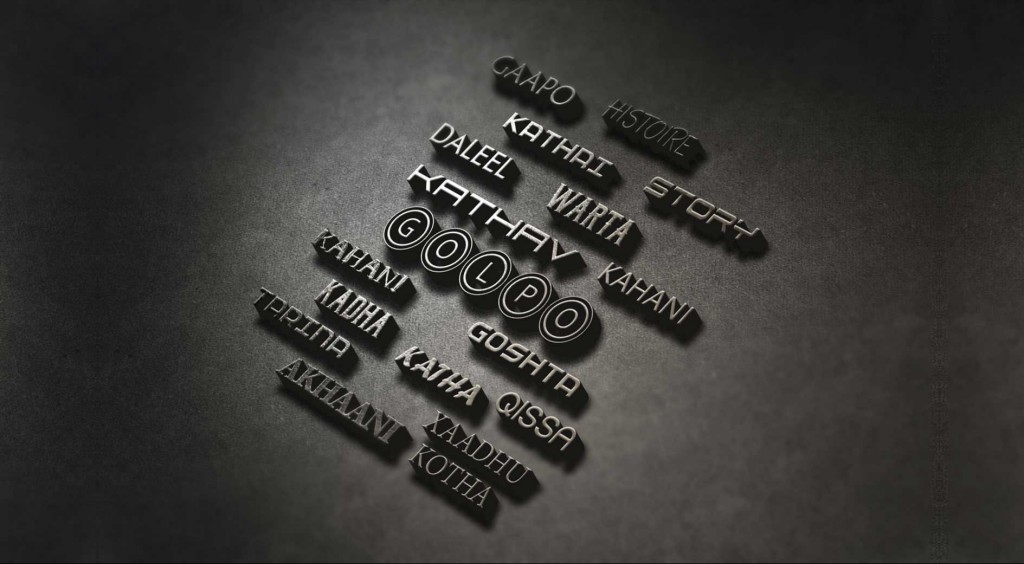
“Hello?” I whispered.
“Rituparna, Santanil bolchi. Tumi ki aajge Bookaro eshecho?”
(Rituparna, Santanil here. Have you come to Bookaroo today?)
“Haan, aami eshechi cheleke niye. Aamra ekta session achchi,” I whisper back.
(Yes, I am here with my son. We are in a session now)
“Aami na ekta problem e pore gechi. Pranab aasheni aar amaar session 5 minut e achche. Tumi ki amaar shaathe golpo ta bolbe?” Santanil Da was on the verge of panic.
You see, Santanil Da is a storyteller and theatre practitioner from Kolkata. With Bookaroo going regional, the festival’s focus was Bengali literature and so they had quite a few sessions in Bangla, my mother tongue. The day before I had seen a stupendous bi-lingual story session with Santanil Da and Pranab Da as they performed a story in tandem, matching each step in the story with the same pitch and scale as singers singing duets do. Today his partner in telling, his voice in English hadn’t arrived and he was asking me to step in!
It had been a beautiful Sunday morning for us. I was watching my son attempt his first Nataraj pose, right there in the moment, trying to concentrate and balance. He darted his eyes towards me as I pulled out my camera when he tripped and over giggling! We were at the second day of Bookaroo Children’s Literature Festival, the day I went purely as a parent. I have a very selfish approach to anything to do with storytelling. If there are two days to be had then the first is for me while the second is for my story-addict of a son so that we can hop around sessions that he would enjoy. So there we were soaking in the November misty-sun and enjoying a storytelling and yoga session, when suddenly my phone beeped.
“’Kintu Santanil Da…ki golpo bolcho? Aami to jaanina…kono preparation nayi…aar amaar Bangla oto bhalo na!” By now Santanil Da had done the perfect job of transferring his panic to me!
I am a Bengali, born into a household of literature lovers, raised on a bouquet of Bengali children’s stories. I speak Bangla effortlessly, in which my fluency and vocabulary is limited to the colloquial use of the language in our everyday life. But I cannot read or write the language, therefore all the glorious works of the stalwarts of Bengali literature is as alien to me as let’s say Tamil, Oriya or Gujarati literature. So when Santanil Da asked me to translate a story live before an audience, I felt my throat dry up.
How well should you know a language to know it really well? Is it enough to speak it? Or do you need to master literacy skills in a language and be able to read and write it? Why do I consider my working knowledge in Bangla any less than my proficiency in English or adeptness in Hindi? On a scale of language know—how, I have always considered Bangla to be the struggling third. I can understand the language and speak it really well, but then if I was to live and work in a Bengali dominated environment I would be in out-cast. My English and Hindi don’t have the Bengali twang (something that really surprises my Delhi acquaintances) just like my Bengali diction is not colored by my English and Hindi accents. Despite that I consider myself a misfit Bangali in the traditional Bengali mindset. This was one of the reasons why I didn’t go to Kolkata for college (even though it was close to home). This is one of the reasons why I didn’t pick up work in the city. In my mind I am not Bangali enough…not because I don’t eat mishti, but because I am not literate in my mother tongue.
In my previous life, when I was a television producer my editor asked me to travel with him to Kolkata as he was moderating one of the city’s most prestigious debates. Why me, I asked? ‘You can handle the pesky Bengalis’ he said to me. So there I was negotiating, ordering, directing, guest controlling all in Bangla. My knowledge of the mother-tongue became my secret weapon when I chose to remain quiet as the organizers harangued about our set, using egoistic terms of how we were challenging their ‘prestige’ and ‘image’. Imagine their look when I replied to them in chaste Bangla!
When I chose the vocation of an oral storyteller, my mother lamented, “Won’t you tell Bangla stories? There is a sea of Bengali literature out there. We have so many works at home and pity, you can’t read anything!” My mother was distraught. And she had all the reasons to be after my parents are responsible for me falling in love with stories. As a child I demanded duto golpo duto gaan (two stories, two songs) every night. Two each from each of my parents, and so after 4 stories and 4 songs when they’d creep out of the room I would only pretend to sleep. My grandmother and parents chose stories from Thakumaa’r Jhuli, Pagla Dashu, Sukumar Ray, Upendrakishore’s Tuntuni’r Boi, and legends and fables. With age the stories melted in my memory, some of them faded away. So when I walked down the storytelling path, I wanted to tell stories from my childhood. I wanted to share the same stories that made me fall in love with storytelling. I wanted to recreate the same fuzzy warmth that these stories gave me. But then I couldn’t read. I desperately gathered translated works but my father said, “You cannot translate the eccentricity of Pagla Dashu in English!” But gone are the days of classic old-world Bangla that my parents grew up to. Even I don’t understand them and if I ever have to make the stories my own I have to learn how to tell them in a language that I understand well. But it is the skeptics (like my father) that I fear!
For readers of regional literature, everyone will agree that there are intricacies, linguistic contraptions, colloquial nuances, colourful descriptions that are sometimes difficult to translate. These are always enjoyed in the native language. So when Santanil Da asked me to translate the story and tell in tandem I panicked. What if I didn’t understand the description? What if I didn’t understand the words? What if I didn’t understand the exchange between characters? What if I failed to translate the story in its truest sense? The impact would be lost! For the first time in my life, the fear of storytelling set in.
“Don’t worry, we will go slow Rituparna,” Santnail Da assured me. And true to his word, he broke up the story in small nuggets. The story was new to me, and like the audience listening to a story for the first time, I was part of the same experience. I translated the story in English because that’s what the listeners asked for and as I listened to the story with all my senses, I put in all my energies in telling the story in the same pitch, not translating word by word, but re-telling keeping the magic of the story intact. Somewhere in the middle of the story I told myself, ‘Don’t be scared…you are doing fine!’ and from thereon I began enjoying it. This was my first experience of tandem storytelling, telling a story that I had not read or choreographed. This was a story that I expressed just as I experienced it a minute before.
I use the word Golpo in my storytelling. A song that I sing before my session goes,
Mere paas aao, mere doston ek Golpo suno,
Kahani suno, Qissa suno, ek Story suno.
Mere paas aao, mere doston ek Waarta suno,
Goshta suno, Kathav suno, Gaapo suno
Golpo – Kahani –Qissa – Waarta – Goshta – Kathav – Gaapo are all regional words for the English word Story. A story, as I discovered after this session is perhaps driven by the sheer power of our own mother-tongues and our first touch points for stories in our lives.
I discovered that I was scared of my mother-tongue, and just like some other fears in my life I overcame it with this telling. This story has given me the courage to resurrect the stories from my childhood, rediscover them and share them with my audience. The stories are mine, the mother-tongue is mine.
I am not a misfit Bangali after all!
(This post is written for International Mother-Tongue Day)

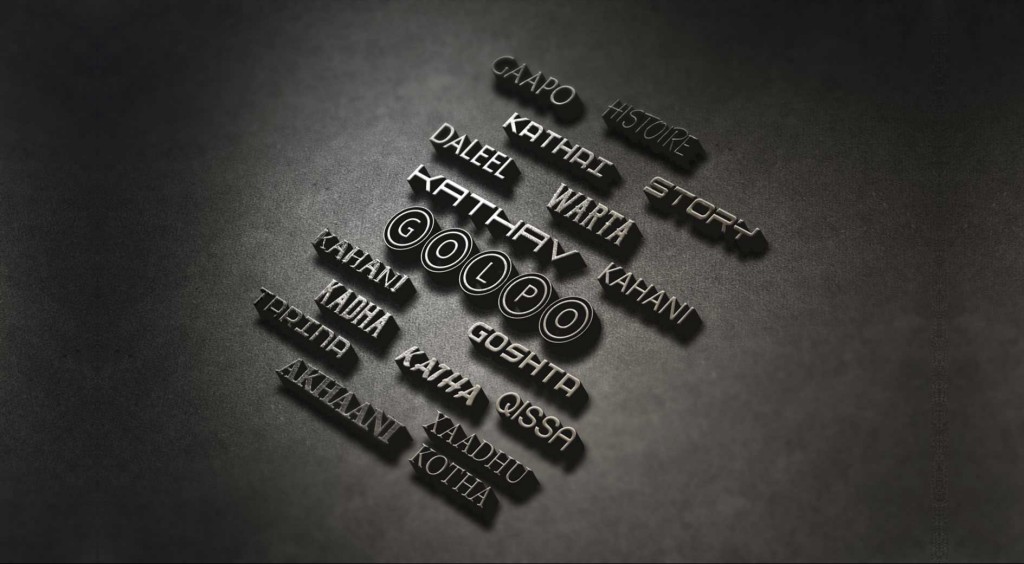
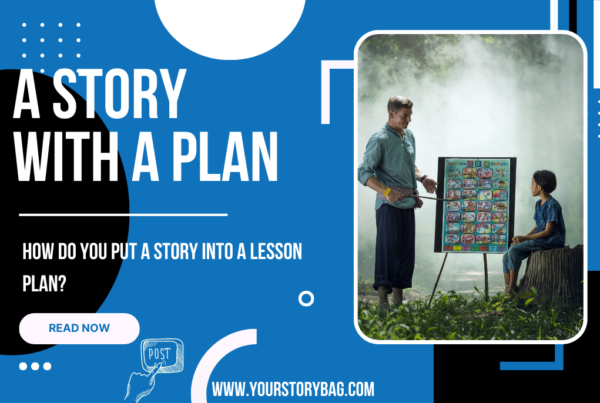
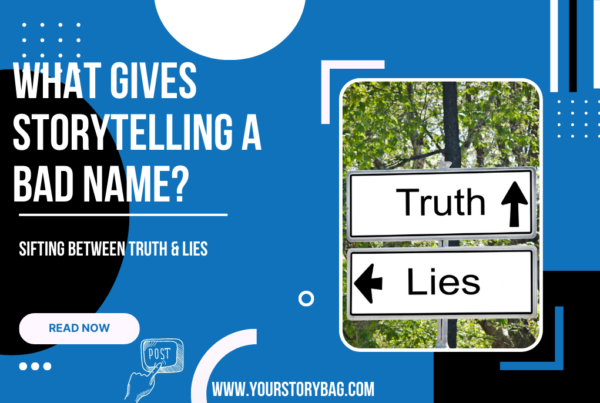
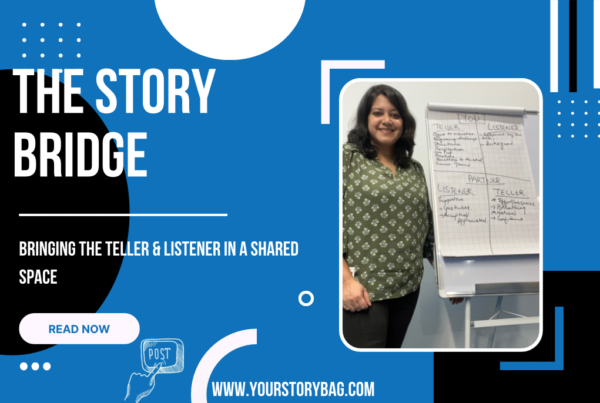



sihi madam name arjun dalui father name arup kumar dalui mother banachhaya mandal school name pathabhavana i live in bolpur west bengal am son I needa story bag contivityplease share in daluiarjun3@gmail.com or phone 9144592076